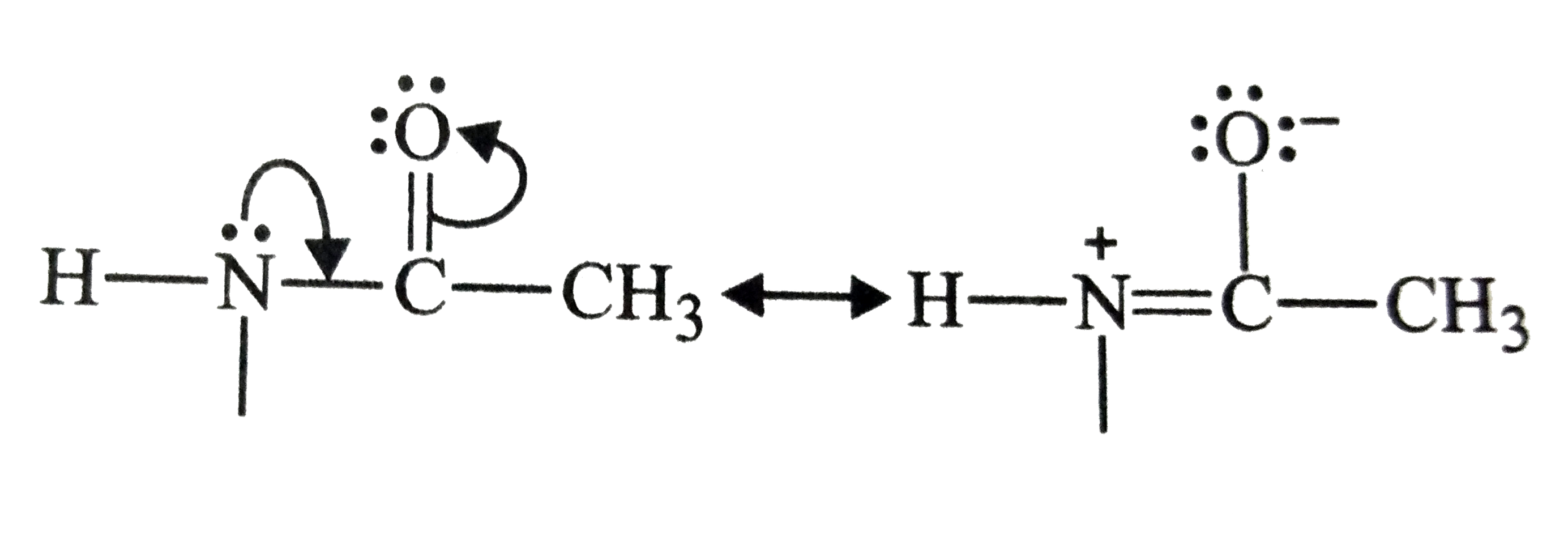Why is NH2 group of aniline acetylated before carrying our nitration
Due to the strong activating effect of NH2 group, aromatic amines readily undergo ele3ctrophilic substitution reactions and it is difficult to stop the reaction at the monosubstitution stage. Usually the reaction occurs to give 2,4,6-trisubstituted amines. for example, aniline on treatment with bromine water gives 2,4,6-tribromoaniline.
If, however, we wish to stop the reaction at the monosubstitution stage, the activating effet of the −NH2 group is reduced by acetylation. the acetyl group being electron-withdrawing attracts the lone pair of electrons on the N-atom towards itself. as a result, the lone pair of electrons on the N-atom is not exclusively available for donation to the benzene ring and hence the activating effect of the -NH2 group is reduced. this method is known as protection of the amino group by acetylation and can be used to stop the reaction at the monosubstitution stage by preventing the formation of di-and trisubstitution products. For example, acetylation of aniline gives acetanilide. bromination of acetanilide with Br2/CH3COOH followed by acid hydrolysis gives p-bromoaniline as the major products. Similarly, nitration of acetanilide with a mixture of conc. HNO3+conc.H2SO4 followed by acid hydrolysis gives pnitroaniline as the major product.

Topper's Solved these Questions
- BOOK - PRADEEPCHAPTER - ORGANIC COMPOUNDS CONTAINING NITROGENEXERCISE - NCERT EXEMPLAR PROBLEMS WITH ANSWERS, HINTS AND SOLUTIONS (MATCHING TYPE QUESTIONS)2videos
ORGANIC COMPOUNDS CONTAINING NITROGEN
- BOOK - PRADEEPCHAPTER - ORGANIC COMPOUNDS CONTAINING NITROGENEXERCISE - NCERT EXEMPLAR PROBLEMS WITH ANSWERS, HINTS AND SOLUTIONS (ASSERTION AND REASON TYPE QUESTIONS)7videos
ORGANIC COMPOUNDS CONTAINING NITROGEN
- BOOK - PRADEEPCHAPTER - ORGANIC COMPOUNDS CONTAINING NITROGENEXERCISE - NCERT EXEMPLANAR PROBLEMS WITH ANSWERS, HINTS AND SOLUTIONS (MUTIPLE CHOICE QUESTIONS-II)10videos
ORGANIC COMPOUNDS CONTAINING NITROGEN
- BOOK - PRADEEPCHAPTER - HALOALKANES AND HALOARENESEXERCISE - IMPORTANT QUESTIONS FOR BOARD EXAMINATION22videos
HALOALKANES AND HALOARENES
- BOOK - PRADEEPCHAPTER - P-BLOCK ELEMENTS EXERCISE - IMPORTANT QUESTIONS FOR BOARD EXAMINATION25videos
P-BLOCK ELEMENTS
Similar Questions
Knowledge Check
- Question 1 - Select One
−NH2 group in aniline is
Ameta directingBortho directingCpara directingDo− and p− direction - Question 2 - Select One
−NH2 group in aniline is
Aonly o-directingBonly p-directingConly m-driectingDo and p directing - Question 3 - Select One
A: Aniline does not undergo Friedel Craft's reaction.
R: NH2 group of Aniline is deactivating group for all reactionsAIf both Assertion & Reason are true and the reason is the correct explanation of the assertion, then mark (1).BIf both Assertion & Reason are true but the reason is not the correct explanation of the assertion, then mark (2)CIf Assertion is true statement but Reason is false, then mark (3)DIf both Assertion and Reason are false statements, then mark (4)
Although —NH2 group is an ortho and para directing group, nitration of aniline gives along with ortho and para derivatives, meta derivative also.
View SolutionAccount for the following :
(a) Aniline does not undergo Friedel Crafts alkylation.
(b) Although −NH2 group is an ortho and para-directing group, nitration of aniline gives alongwith ortho and para-derivatives meta-derivative also.View SolutionWhy does acetylation of −NH2 group of aniline reduce its activating effect ?
View SolutionGive reasons for the following
(a) Acetylation of aniline reduces its activation effect.
(b) CH3NH2 is more basic than C6H5NH2.
(c) Although −NH2 is o/p directing group, yet aniline on nitration gives a significant amount of m-nitroaniline.View SolutionThe NH2 group of aniline acts as a / an ________ in electropilic aromatic substitution .
View Solution

